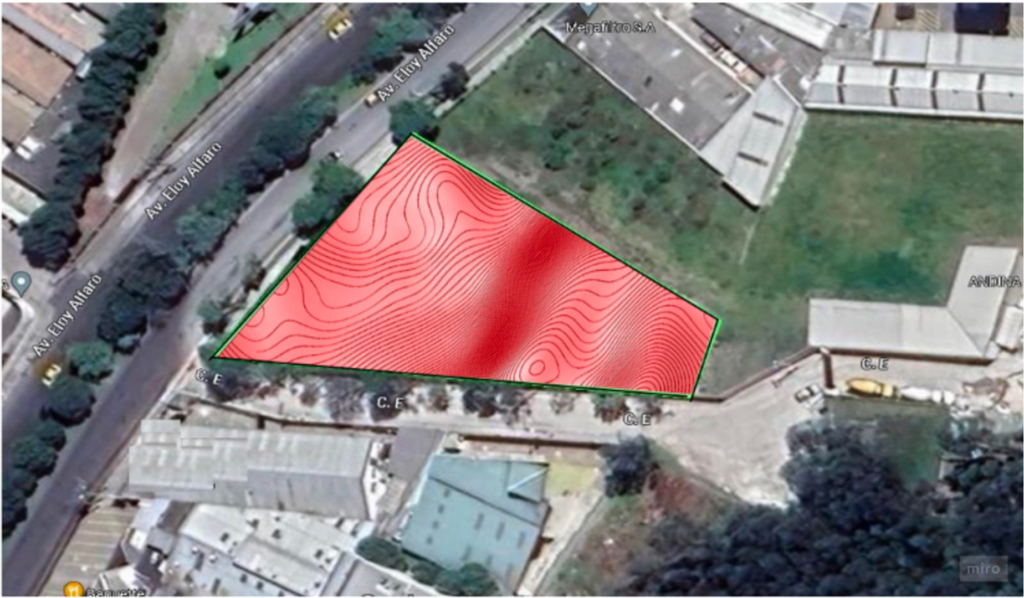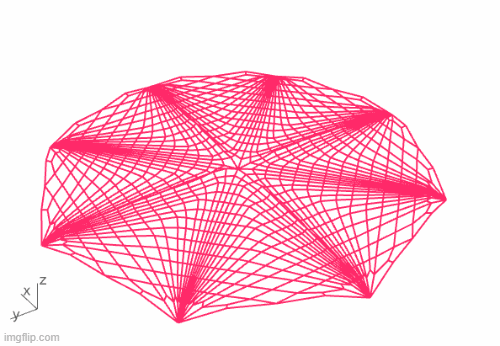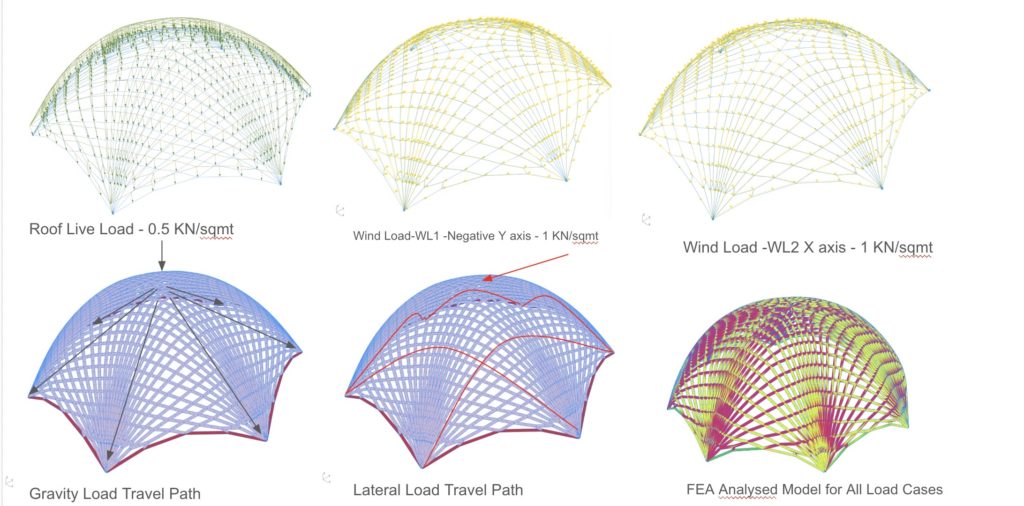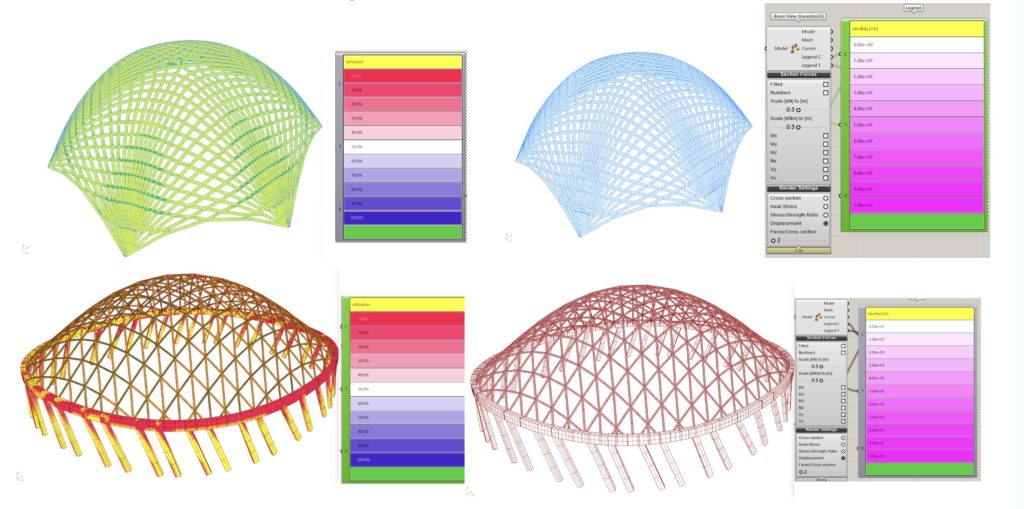Introduction
Nestled in the heart of Quito, Ecuador, this architectural Ecuador seeks to harness the sustainability and versatility of bamboo to create an innovative 2700 m² educational space. Encompassing vibrant classrooms, communal areas, and serene green spaces, the structure is both a sanctuary of knowledge and a beacon of ecological design. It invites students and educators alike to interact, learn, and grow within its thoughtfully crafted bamboo walls, under the equatorial sky.

Architectural System
The Bamboo Integrative Design system harnesses the natural versatility and strength of bamboo to create adaptable, sustainable architectural solutions. This system is particularly suited to locations that benefit from eco-friendly, renewable materials, responding thoughtfully to both the social and environmental nuances of its setting.

Incorporating parametric design principles, the Bamboo Integrative Design system allows for a high degree of customisation. Each structure can be uniquely tailored to its specific context, considering factors like site topography, climate, and cultural significance. The bamboo elements themselves are chosen for their environmental credentials. Grown rapidly and harvested sustainably, bamboo represents a construction material with a minimal carbon footprint. It sequesters carbon, enhances biodiversity, and can be locally sourced, reducing transportation emissions. The use of bamboo in this innovative system underscores a commitment to environmental stewardship and sustainable development, providing a blueprint for future architectural Ecuador that seek to harmonize with nature.

Structural Process
This model simulates the behavior of bundled bamboo structures under various loads, providing crucial insights into their structural integrity and performance. By bundling bamboo, a significant increase in strength and stability is achieved, making it comparable to traditional construction materials. meticulously analyzes how these bundles respond to stress, strain, and external forces, ensuring safety and efficiency. This approach not only harnesses the sustainable aspects of bamboo but also innovates in the way we conceive and construct with natural materials.
Structural FE Model Bamboo Bundling

Structural FE Model Bamboo Grid Shells

Structural Diagrams -Load Application and Structural Systems
These diagrams intricately illustrate the path of various loads, including gravity, wind, and seismic activities, from their origin to the foundation, ensuring a comprehensive understanding of the building’s structural behavior.

Other Bamboo Bundling iterations

Structural Output Investigations
The desired surface curvature and then the principal stress lines were analysed along with the cross-section optimization for the shell. The curvature analysis was further used to determine the Bamboo subdivision to understand the different curvature Bamboo that can be obtained.

Structural -Iterations


